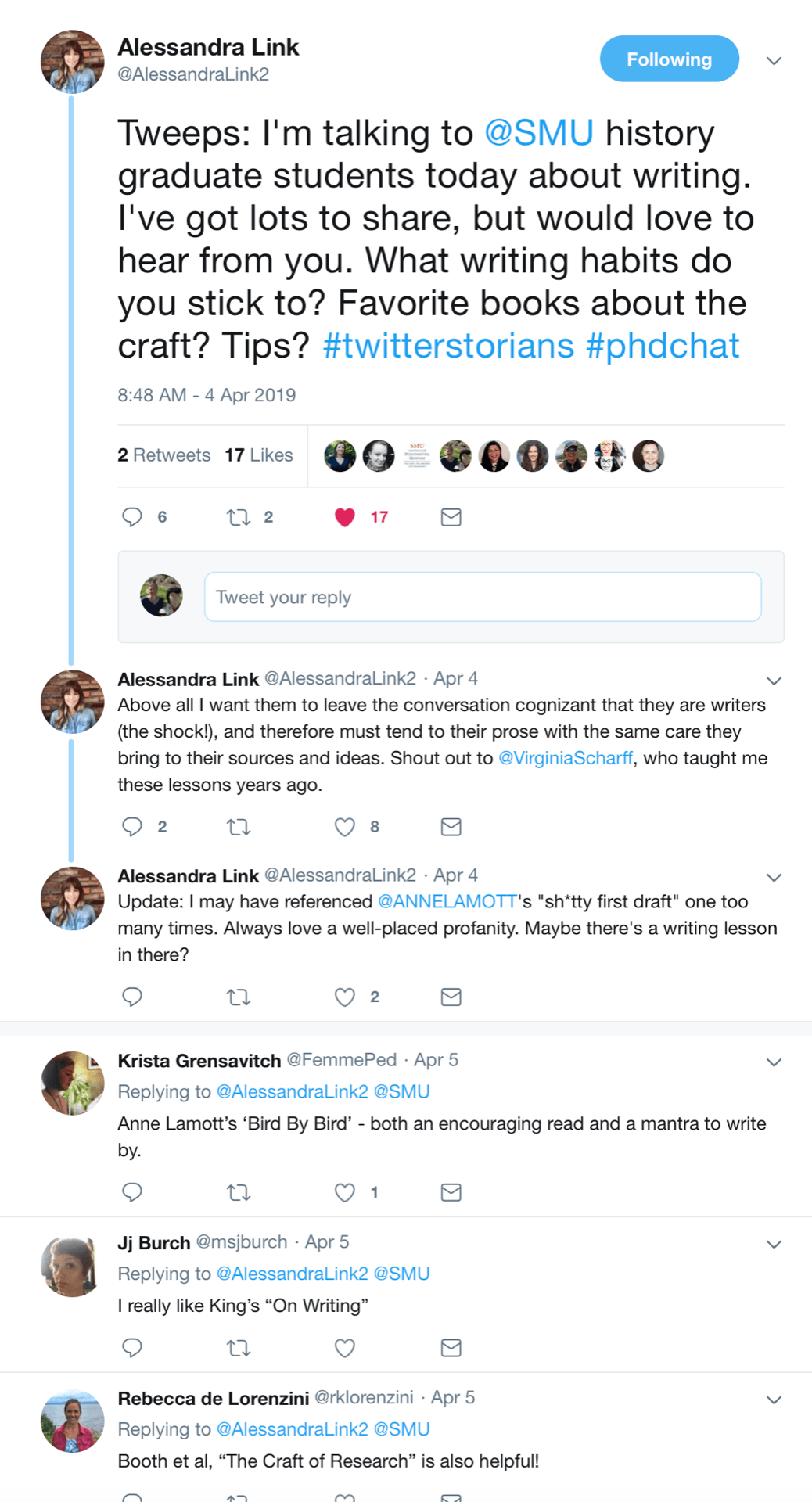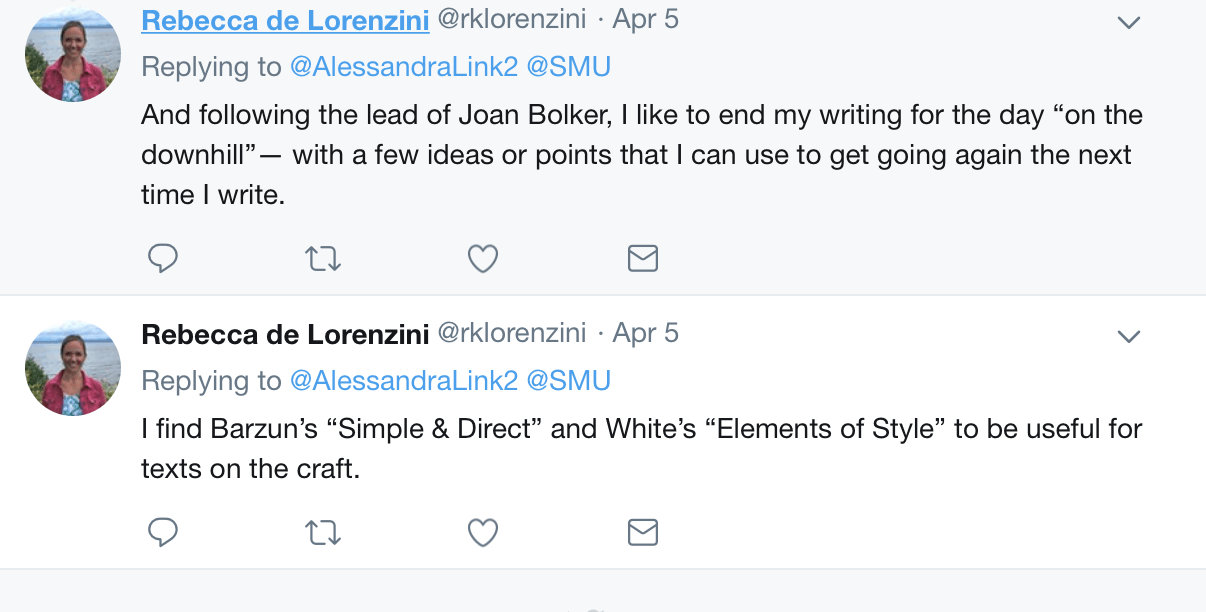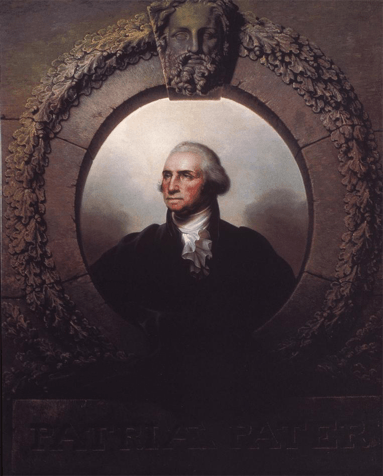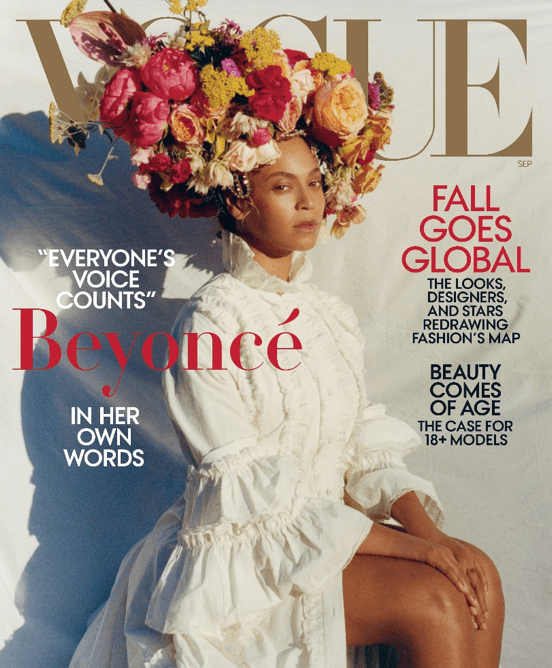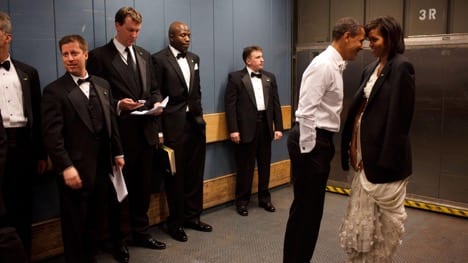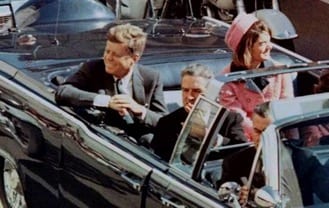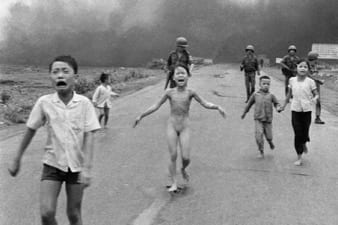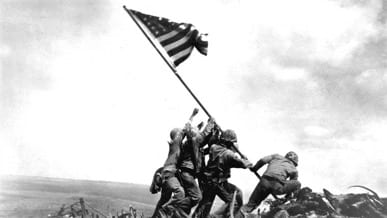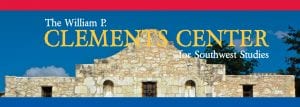One of the things no one told me about graduate school when I started was exactly how much rejection I would face as a graduate student. The application process to graduate school probably should have indicated that the academy includes a fair amount of rejection, but I’m not sure that I really understood that until I started the process of really putting myself out there for fellowships, conferences, and jobs.
Social media and departmental websites make it easy to witness our colleagues’ successes. When someone receives a prestigious grant, their name and picture, deservedly, show up on the department website. When conferences make decisions about accepted papers/panels, I often find out first from enthusiastic announcements on Twitter before I even have time to check my own inbox.
Conversely, people infrequently announce their rejections from fellowships, jobs, or conferences.
I’ve been fortunate enough over the past four years to receive my fair share of acceptance emails, and on occasion, I’ve even announced my delight on social media; however, a big part of my process of receiving more acceptances has involved learning from plenty of rejection.
I used to keep all of my deadlines in my head and just presumed that I wouldn’t forget any of them. Vaguely, I knew when conference proposals were due and which fellowships might apply to my research interests. I had a bit of success that way, but I also got my share of rejections. I occasionally missed a deadline because it came up more quickly than I anticipated or failed to pull a panel together in time because I didn’t start my work putting it together soon enough. My first few years as a grad student, I learned some of these lessons the hard way, through rejection and the occasional missed opportunity.
I don’t mind be open about those early struggles, failures, and rejections, though. First of all, I’ve learned and changed as I’ve developed as a scholar. Secondly, I recognize that this is part of the process of my learning as a graduate student and good preparation for future efforts to navigate the academic world.
So, what have I learned from all of this?
1) Keep a Spreadsheet
In light of the lessons I’ve learned, I do things differently now. Every August I sit down to prepare an excel sheet to keep track of all upcoming conference, fellowship, and job deadlines for the academic year. This year, as a fourth-year student, I knew I’d spend a lot of my time in the classroom, in the archives, and writing my dissertation, but I didn’t want to lose sight of the many opportunities that would come my way. Missing a few deadlines earlier in my career or being rejected because I knew I didn’t allot the appropriate amount of time to an application taught me a lesson. Knowing the importance of these applications forced me to set myself up to maximize my opportunities for success.
During this process, I also take time to scour fellowship announcements, research library grants, and a variety of other sources of support for graduate students. If I find something that looks like it will apply to my work, I enter it into my spreadsheet, copy the website into the appropriate line, and insert the due date. Most of these opportunities occur annually, so I can find them at any time of the year, and by doing much of the legwork ahead of time, funding opportunities are less likely to sneak up on me. Sure, things come up unexpectedly, but when they do, I put them in the spreadsheet and continue with the process.
With all of that information collected, I can arrange my spreadsheet by due date and pace my work appropriately without the fear of missing an important deadline.
2) Start Conference Planning Early
Plenty of rejections have also taught me quite a bit about the process of putting together panels for conferences. Most crucially, I’ve learned to start earlier rather than later. Sometimes things come together last minute, but I’ve often found more success when I started early. It takes work to put together a dynamic panel and as a graduate student, that meant leaning on my contacts in the field, sending emails to folks I’d never met, and in at least one instance, turning to Twitter to fill a last minute vacancy. It’s work that takes time. An important part of getting your work out there is the process of presenting at conferences, but coordinating between scholars, particularly over email, is something done best with plenty of time to spare.
When setting up a panel, it’s also important to know who you are and pay attention to creating panels that represent the diversity of voices in the field. That’s been hard sometimes, especially because as a graduate student many of my closest colleagues are other graduate students. I know of panels of graduate students that have been accepted at some conferences, but your odds always improve if you are able to folks at diverse points in their career—the same goes for representing all other forms of diversity working in the field. With a bit of time and chutzpah, you can often secure established scholars for a panel. In fact, I’ve often been surprised by how gracious, kind, and encouraging these folks are when approached about panel opportunities.
3) Don’t let fear of rejection stop you.
Rejection can be very hard, and with every letter or email I get, there’s a tinge of disappointment. But I’ve learned not to be afraid of it. More than once in the past year alone, I’ve been happily surprised because I took the time to apply for fellowships or ask well-known scholars to participate in a panel I was developing.
When I look back on my 2018-2019 spreadsheet, it’s a mixed bag. I still got plenty of rejections, but I also met almost every single one of my deadlines with time to spare. At the end of the day though, it was my most successful year by far, particularly for fellowships and panel and paper proposals.
By taking the lessons I learned from rejections earlier in my career, I received three wonderful research grants for the coming year from the Van Raalte Institute in Holland, Michigan, the American Antiquarian Society in Worcester, Massachusetts, and the New-York Historical Society in New York City. I also managed to snag a small dissertation completion fellowship, which will certainly ease the stress of writing next year and a few conference travel grants. This year, I’ll also have the opportunity to present my work in a variety of contexts, including on panels that I organized at the American Historical Association, the Organization of American Historians, and the American Academy of Religion.
Since I started graduate school four years ago, I’ve been rejected a lot. Those rejections have often been difficult, disappointing, or frustrating, but they’ve also been instructive. I’ve learned that rejection is a part of the process. The system I’ve developed isn’t perfect and it certainly doesn’t stop me from getting rejected. Ultimately, though, it works for me. It helped me, as a fourth year Ph.D. candidate, look back at 2018-2019 academic calendar as one filled with both instructive rejections and also plenty of acceptances.



